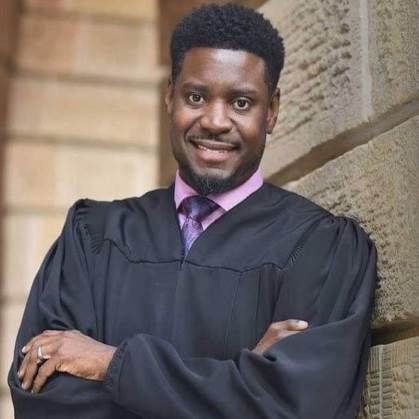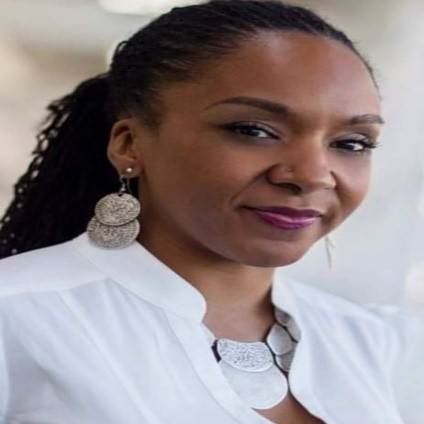Children In Crisis: Examining the Misidentification and Overrepresentation of Black Boys In Special Education
Panel Discussion with Judge Everett Mitchell, Bahia Cross, and Ophelia King
Moderator: TBA *This session will be streamed live
2:30 PM - 3:45 PMWed
Registration Required
Your registration must include one of the required registration options to attend this session. [ Details ]
Speakers
Race, class, and gender significantly influence whether or not a student is properly identified and referred to special education. In 2006, Black students comprised about 17% of U.S. public school enrollees but represented 30% of all students classified as emotionally disturbed, 31% as mentally retarded, and 21% as learning disabled. However, Black overrepresentation does not extend to categories where the presence of an objective, physical impairment(s) is central to the diagnosis, such as blindness. This disproportionate pattern has been formally noted for decades and hypothesized to relate in part to racial discrimination, cultural biases, and poverty. Poor Black boys are particularly at risk for misidentification and are the most likely to be referred by teachers or other education professionals for emotional disturbance or conduct disorders. Studies show that once in the special education system, these students are more likely remain in it, to be in segregated classrooms, to drop out, and to receive more disciplinary actions than their White counterparts all of which contribute to the School-to-Prison Pipeline phenomena. Evidence suggests that special education is increasingly used to remove undesirable students from the classroom, a practice that is justifiable with a disability label. This work uses Critical Race Theory and Disability Studies to contextualize this issue in the deeply embedded hegemonic ideologies of Whiteness and Normalcy that shape society and our notion of the disabled. This social justice issue affects students who are misdiagnosed and students whose resources are used as a "dumping ground." Implications and next steps are discussed.


